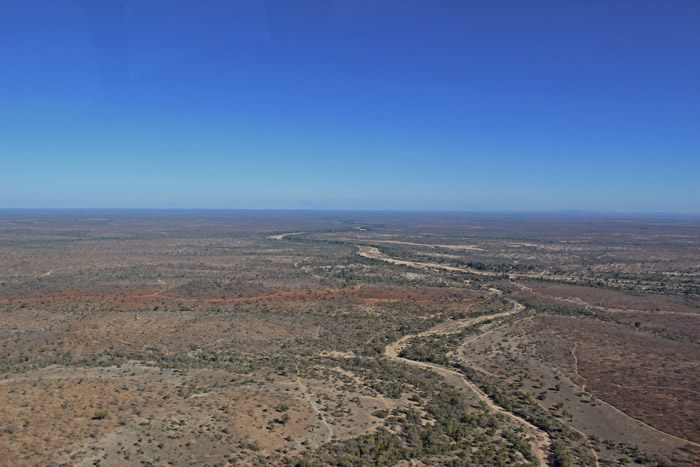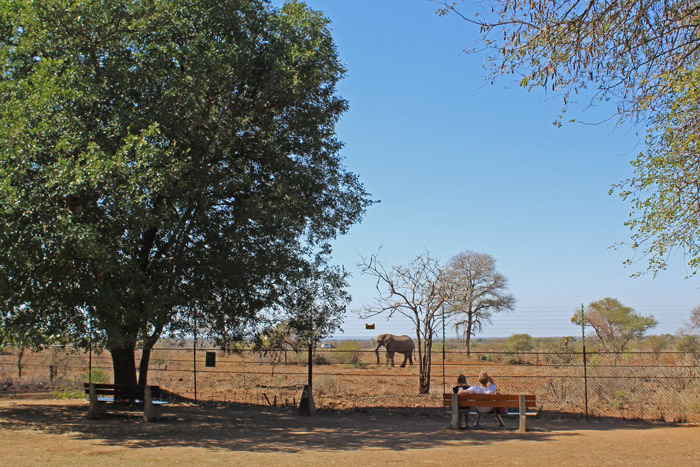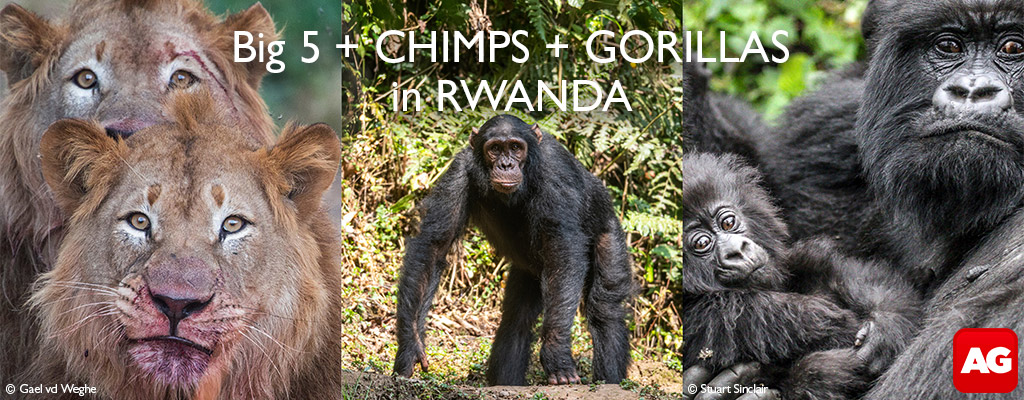One of the basic principles of wildlife management is that large game reserves require less intensive management than small ones. This concept is very applicable when discussing the ecological management of the Kruger National Park.
The ecological impacts of disturbances have a far greater effect on smaller reserves than they do on larger ones. For instance, if a fire burns 5,000 hectares of a 10,000-hectare game reserve, that is a major impact that needs to be managed. However, the same 5,000-hectare fire in Kruger (2 million hectares) is negligible and will have almost no impact. This concept can be applied to all spheres of ecological management – the impact of overgrazing, elephant impacts, diseases, water availability etc.

To say that the Kruger National Park is fenced and, therefore, needs to be micro-managed is incorrect – Kruger is a large enough system that is able to withstand the majority of ecological impacts originating inside its borders – and that includes elephant impacts and the effects of drought.
The majority of species in Kruger occupy fixed home ranges or territories, and historic migrations outside of Kruger were limited to mainly wildebeests and zebras (elephants undertake long-distance movements by nature and this is not a migration). Most of the areas where zebras and wildebeests used to migrate to in spring have now been re-included into the Greater Kruger ecological system (Klaserie, Timbavati, Sabi Sands etc). Therefore, to say that their migration routes have been cut off is incorrect. Unfortunately, migrations back into these areas are unlikely to occur – mainly because of vegetation changes during the period that they were isolated from Kruger (again an example of the size effect). With the current drought, one does not find herds of animals massing along the boundaries of Kruger to escape.

Another important point is how savannahs are maintained in nature. Savannah is a unique biome where there is an uneasy “co-existence” of woody plants and grass. This system is continually developing (vegetation succession), and in Kruger, given the opportunity, the system would progress into a woodland thicket. Ecological disturbances are essential in reversing this natural progression from mixed woodlands to woodland thickets. In other words, savannahs thrive on disturbances – it maintains not only species diversity but also productivity. Disturbances such as fire, drought, elephants, buffaloes and hippos, among others, are critical in reversing the slow and steady progression to a woodland thicket, which would offer far less habitat for animals and also far lower biodiversity of all major taxons.
Climate change is also a major contributory factor to this progression (higher levels of carbon dioxide in the atmosphere encourage the more rapid growth of woody vegetation). Savannahs need constant disturbance to create niches for species that would not be there if the effects of those disturbances were restricted.

So, to all those people supporting culling of animals in Kruger, please reconsider your viewpoint – sure, it is not a pleasant sight to see animals dying during a drought. Sure, it is a waste not to use those carcasses to feed people, but how much meat will you get off the carcass of a dying buffalo anyway?
There are ecosystem processes at work during a drought that are critical for the efficient functioning of the ecosystem – in good times and in bad. Let those ecosystem processes do their job!

To comment on this story: Login (or sign up) to our app here - it's a troll-free safe place 🙂.![]()








